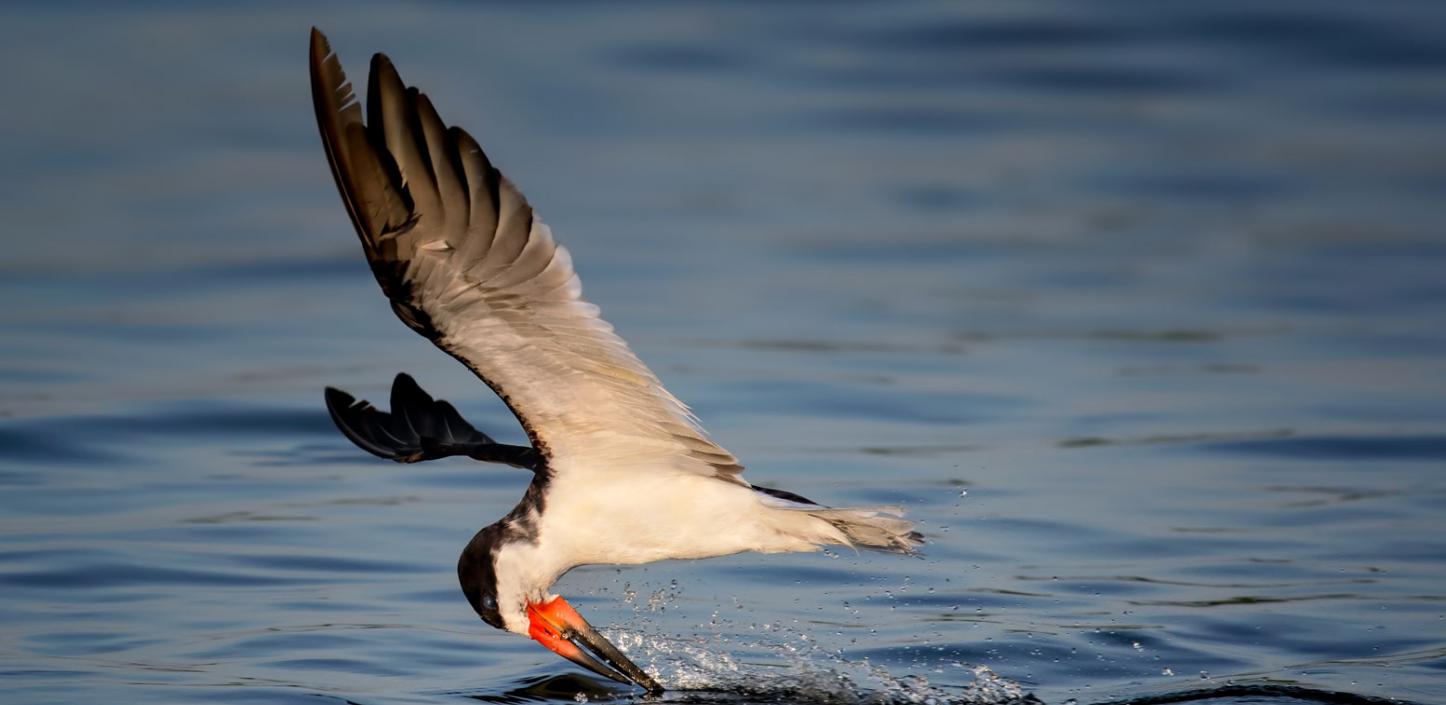
Living Shores, Strong Coasts
Like thousands of others in coastal communities along the East Coast, the people of the Shinnecock Reservation near Southampton, New York face a dilemma.
They know storms like 2012’s Hurricane Sandy won't stop coming. They know these events could get even more intense in the future. But they also are not willing or able to wall themselves off from the natural world.
“Our community feels a deep responsibility to honor, respect and protect our shores and habitats, and to ensure sustainability for future generations,” said Heather Rogers, director of the Coastal Habitat Restoration Project for the Shinnecock Indian Nation. “We looked at a lot of options to repair the heavy damage caused by Sandy, and it was important to us to choose a plan that reinforced our commitment to being good stewards of the environment, to work with nature rather than against it.”
When Hurricane Sandy walloped the Eastern Seaboard on Oct. 29, 2012, killing more than 70 people and causing tens of billions of dollars in damage, the Shinnecock Reservation took a direct hit.
The storm gouged out the reservation’s already eroding shoreline, wiping out natural habitats and stripping the community of its natural cushion against the wave energy and tidal surge of future storms.
In Hurricane Sandy’s wake, a number of federal, state and nongovernmental recovery efforts formed to strengthen coastal resilience along the northeastern U.S. coast. As part of that effort, the Department of the Interior teamed with NFWF to reduce communities’ vulnerability by strengthening natural ecosystems that also benefit fish and wildlife.
By 2016, NFWF’s Hurricane Sandy Coastal Resiliency Competitive Grant Program had funded 54 projects across 12 states. Projects are expected to create or restore more than 6,600 acres of wetland, marsh and beach habitat, while reducing urban runoff by more than 132 million gallons. The work is expected to benefit more than 210 communities while engaging more than 5,300 young people, veterans and volunteers.
At the reservation, a $3.8 million grant supports tribal efforts to rebuild the lost beach and install a protective “living shoreline” of new marsh grasses, oyster beds and breakwaters. In addition to making the tribe better prepared for the next storm, the grant also supports ongoing efforts to restore eelgrass meadows and address stagnant waterways that produce a prodigious number of mosquitoes – a significant nuisance and health threat to the Shinnecock people and millions of their neighbors on Long Island. The ongoing conservation project will improve tidal flushing and restore these wetland systems.